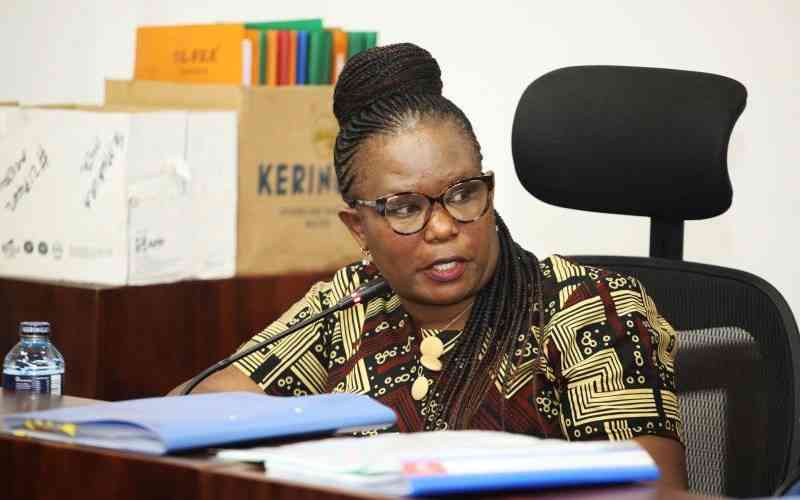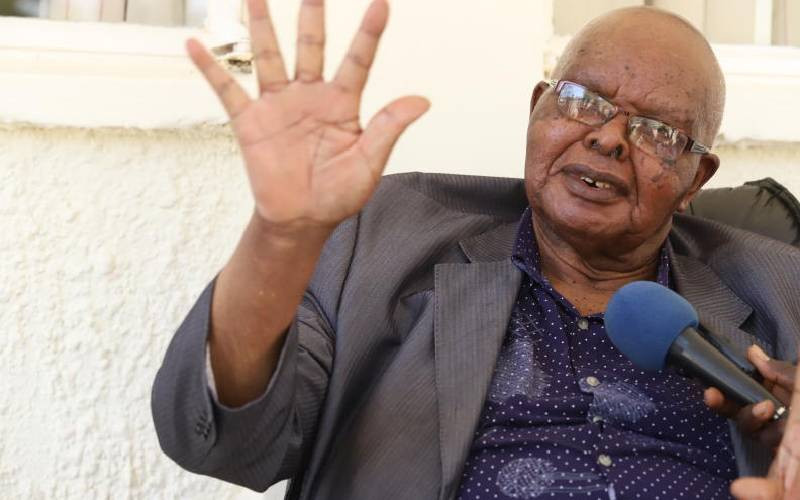Elly Omondi Odhiambo
How did the former Zaire (known as the DR Congo) finally come to its knees, its present predicament reflecting pain rather than potential growth of a natural resource giant?
The answer to that question is not as simple as it may be portrayed. The history of the Congo is loaded with two major periods of aggression. The entry of Leopold II marked the first chapter of its nightmare. The appointment of British journalist Henry Morton Stanley to establish Leopold’s authority in Congo in 1879 was the historic beginning of Congo’s original problem.
The second phase was the ‘freeing’ of Congo from paranoid and brutal dictatorship of Field Marshall Mobutu Sese Seko. Thereafter, Congo’s degeneration has taken a consistent pattern, various wars since rebels and army mutineers have conducted 1997 as a campaign of autonomy from the centre, Kinshasa. When King Leopold first heard about the Congo, he simply could not believe his ears, the affluence this African country could bring to his tiny fiefdom, Belgium. In 1885, Leopold was granted the immense territory of Congo Free State as his personal estate.
Gluttony
To put this historical relevance into context, this is exactly what was reported by Ruairi Mac Easmainn (Irish for Roger Casement): "Wild beasts — the leopards — killed some of us while we were working away in the forest, we are starving, we beg the white man to leave us alone because we cannot get more rubber for them, they have told us to go because we are only beasts. Many of us have been shot, ears cut off and others tied up with ropes round their necks." This was Leopold’s gluttony, as seen by a fellow European in 1903, despite the different taste in things political. Casement was an avowed Irish nationalist while Leopold exploited the Congo wealth abominably. There has never been a proper transition from the psycho-traumatic legacy of Leopold’s rule, the period of Belgium colonialism, Joseph Kasavubu’s ambivalent presidency, Mobutu’s iron fist rule, Laurent Kabila’s unilateral declarations and Joseph Kabila’s military pursuits.
This is the bitter pill of the legacy of colonialism. It does not matter how wealthy you are as a country, it is how it rises above missed opportunities, and petit ethnic rivalry.
The second liberation of the DRC came with its own unique difficulties, mainly the necessary role of Rwanda to intervene in the geopolitics of the region. Rwanda, as tiny as it is, still became a regional force during the liberation war against Mobutu and pacification of the various internal wrangles once Laurent Kabila became the president of the DRC. An internal power vacuum was created that saw an unprecedented eight African countries fighting in the Second Congo War, sometimes referred to as Africa’s World War I.
It is generally accepted that almost one million Hutus fled to the East of DRC mainly through Goma, the present border town flashpoint where Congolese Tutsi rebels are holding out with the national army and UN soldiers. But the rationale of Rwanda’s sentiments here is a bit ambiguous.
Meddling
Not all the Hutu refugees who fled Rwanda in 1994 to the DRC are supposed to have been involved in the genocide. Even if this were the case, what forms of justice and reparations would Rwanda expect from an escaped anonymous population of Rwandese citizens? Regional governments, especially those that carry strategic importance, should aim at pacifying the conflict with security and economic measures. For example, what prevents Kenya and Tanzania from blocking the transportation of petroleum to the DRC? The weapons that are flown into the DRC to arm the two sides must be coming from somewhere.
Already almost five million deaths have been seen in the Congo for the last 10 years in connection to this horrible intractable war. The major financial centres of the globe also know exactly what the 10-year instability of the DRC has brought to its markets. Cobalt and titanium or coltan are two of the most important minerals that can reverse the political economy of conflict. No communications expert in the right mind can deny the cheapness of coltan since the war began in DRC; in fact the country has the largest quantity of it, 95 per cent in the world. War Coltan has made mobile telephony an affordable necessity for all.
The writer is a researcher based in Northern Ireland
Stay informed. Subscribe to our newsletter
 The Standard Group Plc is a
multi-media organization with investments in media platforms spanning newspaper
print operations, television, radio broadcasting, digital and online services. The
Standard Group is recognized as a leading multi-media house in Kenya with a key
influence in matters of national and international interest.
The Standard Group Plc is a
multi-media organization with investments in media platforms spanning newspaper
print operations, television, radio broadcasting, digital and online services. The
Standard Group is recognized as a leading multi-media house in Kenya with a key
influence in matters of national and international interest.
 The Standard Group Plc is a
multi-media organization with investments in media platforms spanning newspaper
print operations, television, radio broadcasting, digital and online services. The
Standard Group is recognized as a leading multi-media house in Kenya with a key
influence in matters of national and international interest.
The Standard Group Plc is a
multi-media organization with investments in media platforms spanning newspaper
print operations, television, radio broadcasting, digital and online services. The
Standard Group is recognized as a leading multi-media house in Kenya with a key
influence in matters of national and international interest.





